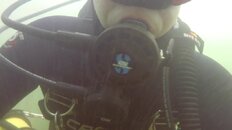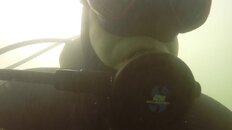ams511
Contributor
I recently repaired one like that on an old 250. It was the vane held by a circ-clip. It was an old high-duro oring that was almost plastic with age. Smashed into the groove. I carefully coaxed the pieces out with a brass oring pick.
Thank you Rusty, this is exactly my problem. It is held in place by the c-clip.
EDIT: The easiest way I found was careful use of an xacto-knife to cut it enough to get a brass pick inside to finish the job.





